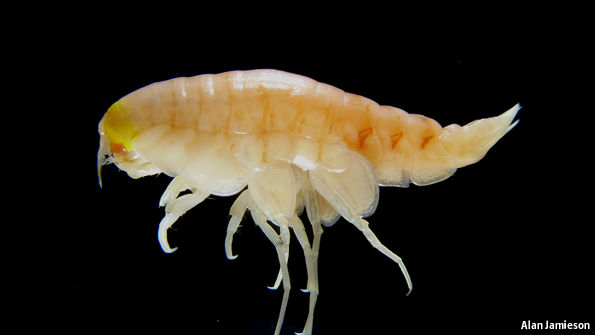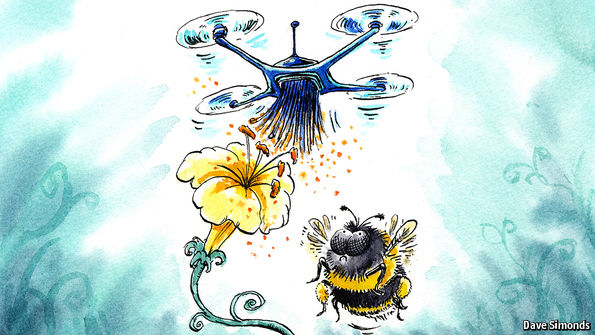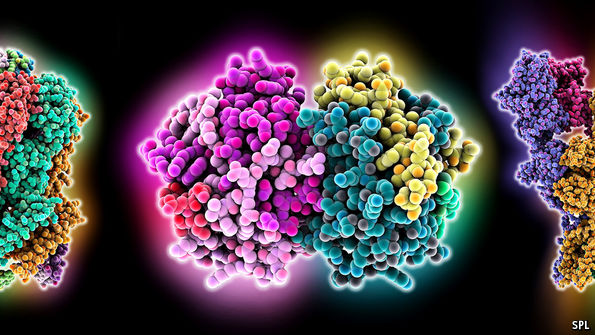What causes nodding syndrome

NODDING syndrome is a form of epilepsy that strikes children, mostly between the ages of five and 15. Despite the innocuous name, it is debilitating. It robs its victims of their mental capacity, stunts their growth and causes both the characteristic “nodding-off” motion which gives its name and more serious seizures, often when a child is being fed. The exact death rate is unknown, but it is high.
The syndrome is also something of a medical mystery. The first cases were identified in Tanzania in the 1960s. Now it has spread to parts of Uganda and South Sudan. No one knows how many people are affected, but it is thousands, at least. Nor has anyone been sure what causes the disease. But Tory Johnson, of America’s National Institutes of Health, and her colleagues have a theory. As they describe in a paper just published in Science Translational Medicine, they suspect that nodding syndrome is an “autoimmune” disease caused by sufferers’ attempts to fight off infection by a parasitic worm.
The worm in question is Onchoerca volvulus, a tiny nematode spread by the bites of black flies that is best known for…Continue reading
Source: Economist










